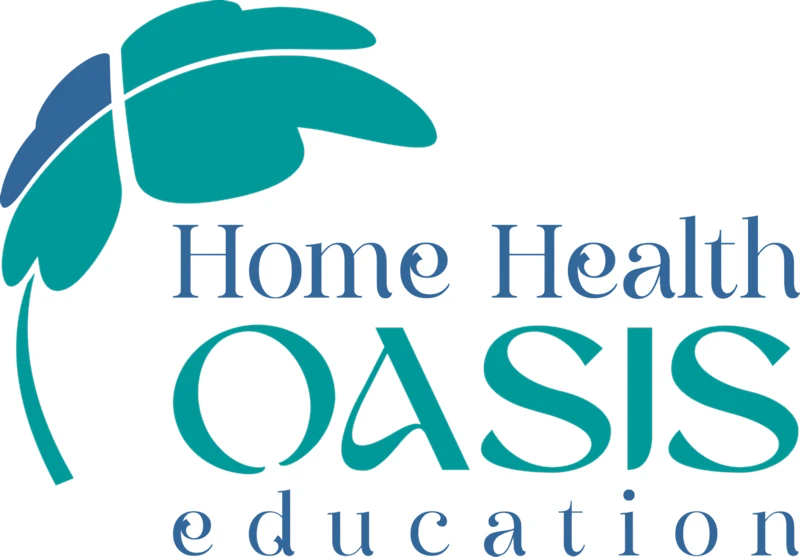Medications Documentation Part 1
Documentation of medications is one task that many nurses starting career in home health industry experience difficulty with. As this section of OASIS assessment includes a lot of detail, forgetting to collect needed pertinent information regarding one or few aspects can be likely. Here we are attempting to summarize all the information to be collected from the patient or caregiver to be able to promptly complete this section on the OASIS. For this page on the OASIS E, clinicians should be informed regarding the appropriate way to collect all the active medications patient is on and what all to be included under the list of medications.
Advance Directives
Advance directives allow the individuals to make their health care decisions in advance. In this presentation, you will learn the basic concept of advance directives including terminology on advance directives, types of advance directives, guidelines for choosing witness on the advance directives.
Vaccinations Documentation
Vaccinations against multiple health conditions are recommended for patients spanning across different age groups. Vaccinations are aimed at protecting individuals from contacting infections, preventing serious illness due to infection, avoiding development of complications, and reducing risk for prolonged hospitalization. Collect information on all your patients regarding some basic vaccination history, such as, for conditions discussed in this presentation.
Diagnostic Studies
This video includes information regarding some screening and diagnostic studies that are routinely and periodically recommended for individuals with history of or at risk for certain health conditions. These studies help diagnose issues in their early phase for appropriate management measures to be adopted. They also serve as good prognostic indicators to study the course of an ailment in affected individuals and also aid in identifying recurrence of issues that were once treated.
OASIS Training for Home HealthSite Dev2024-06-25T08:49:19-06:00





